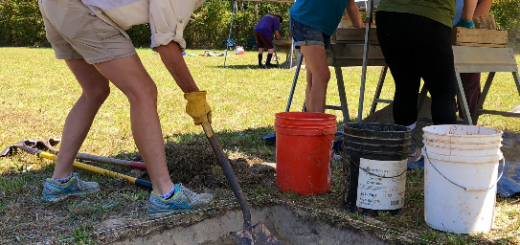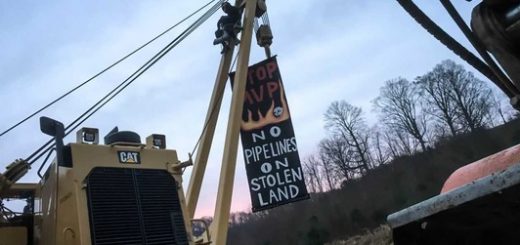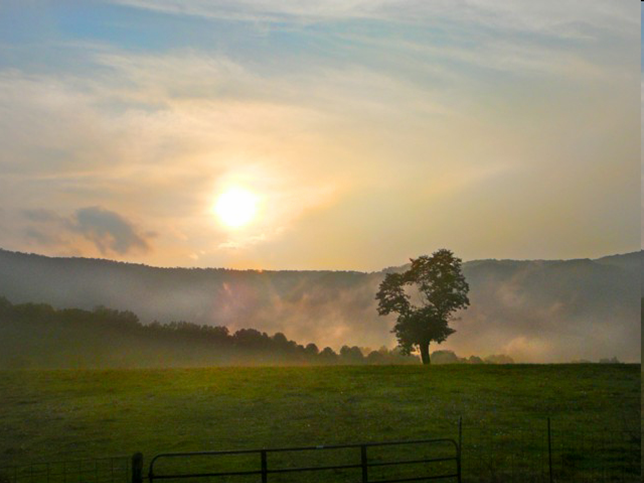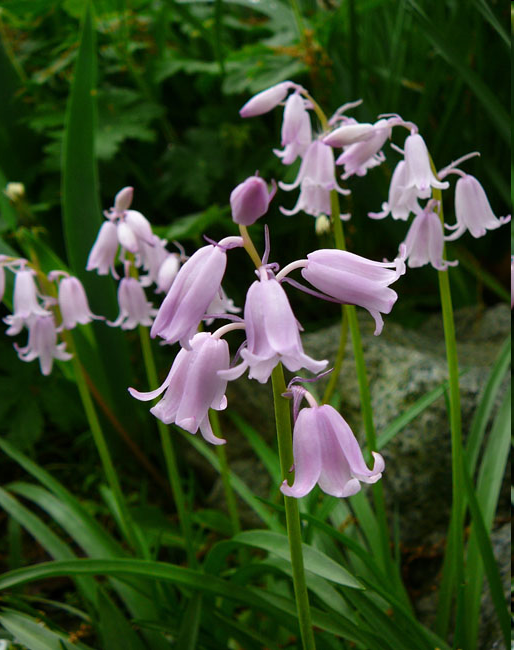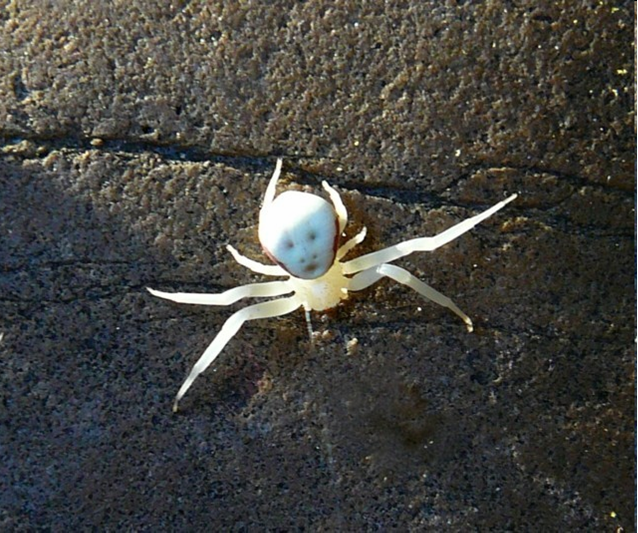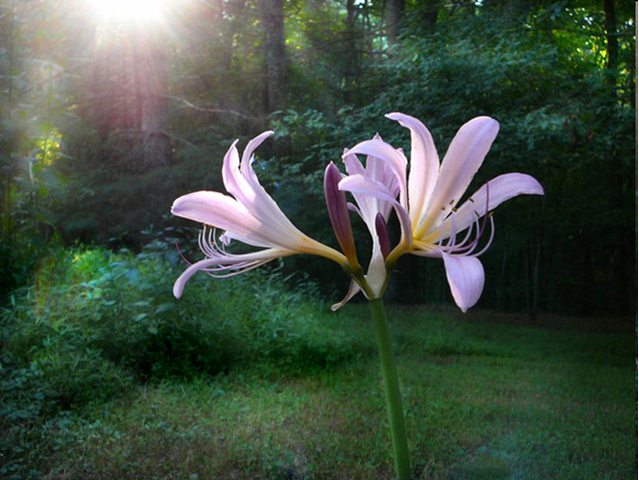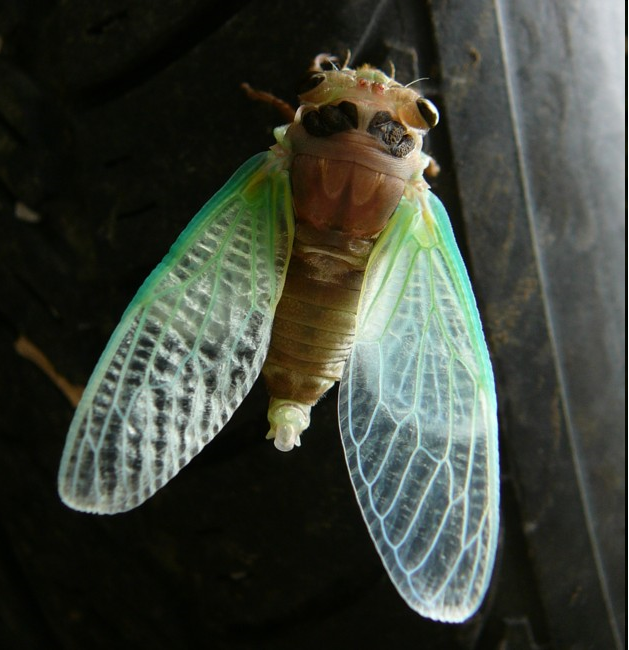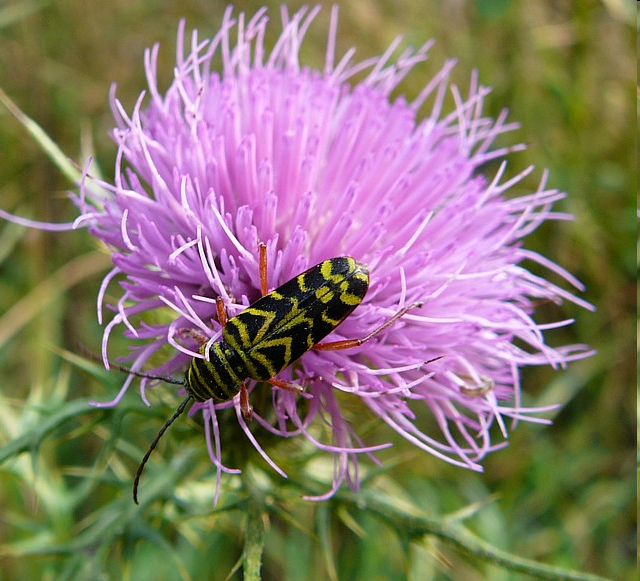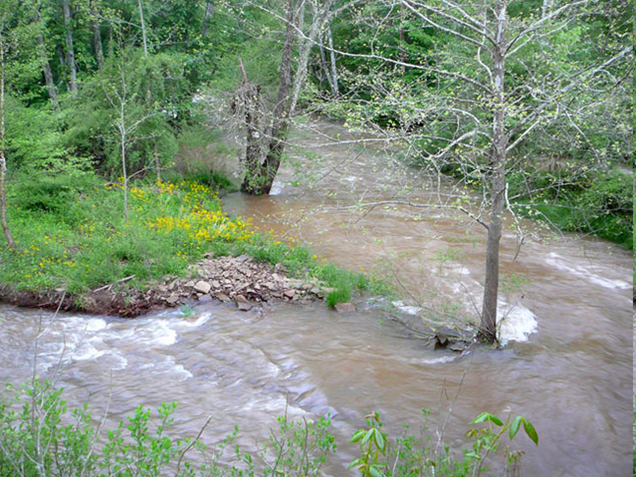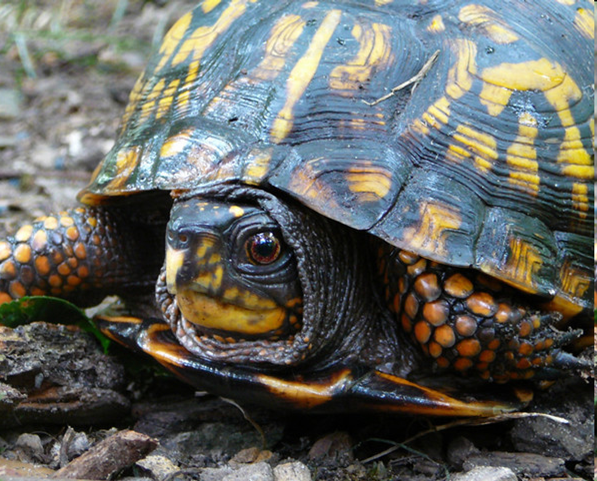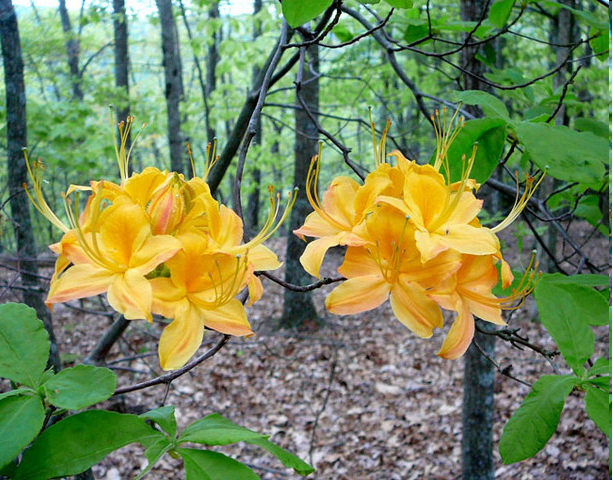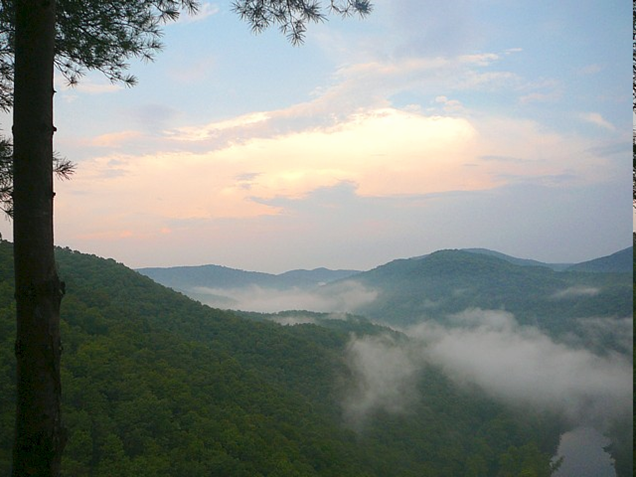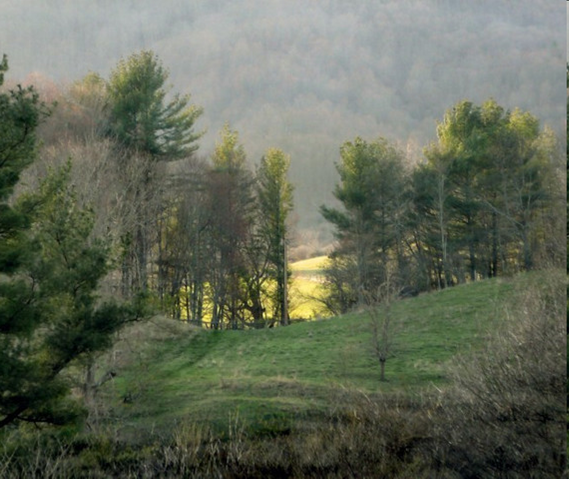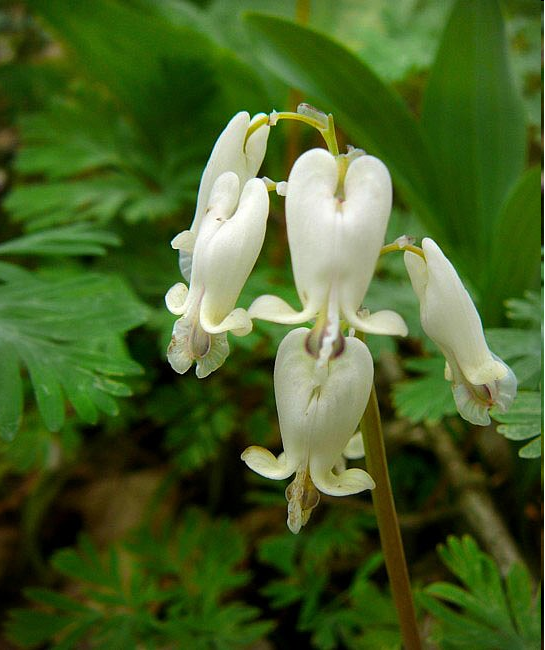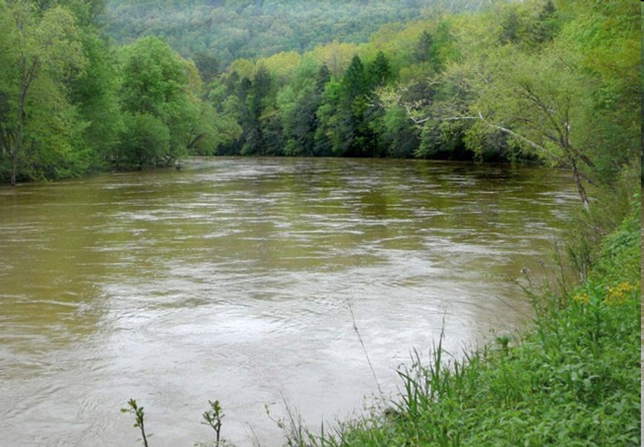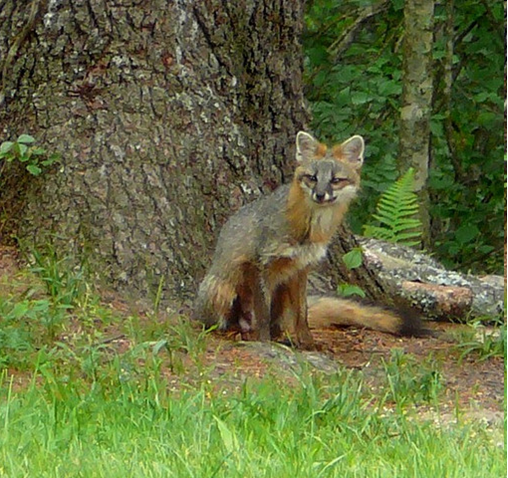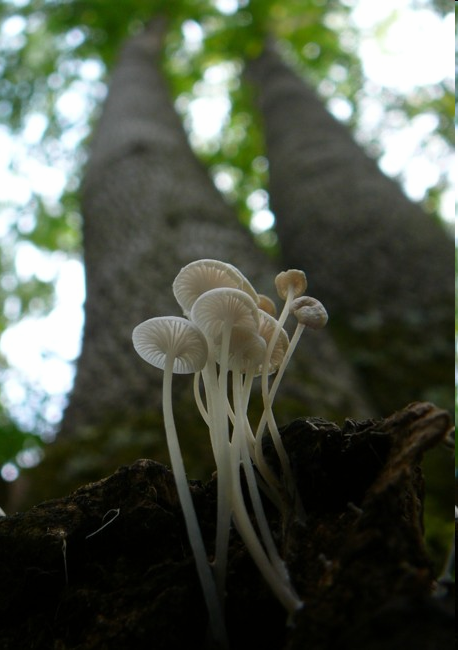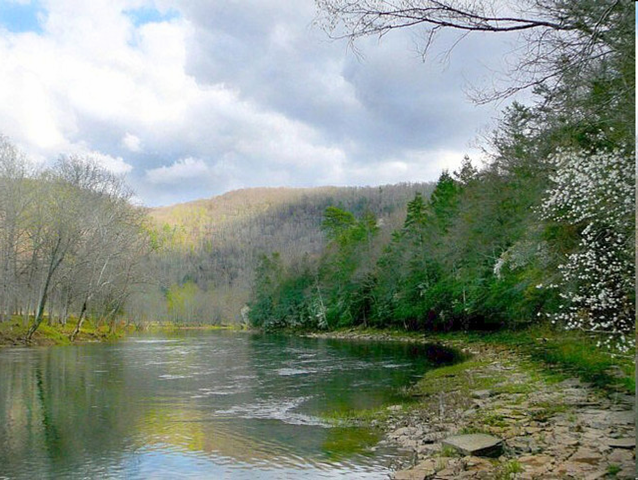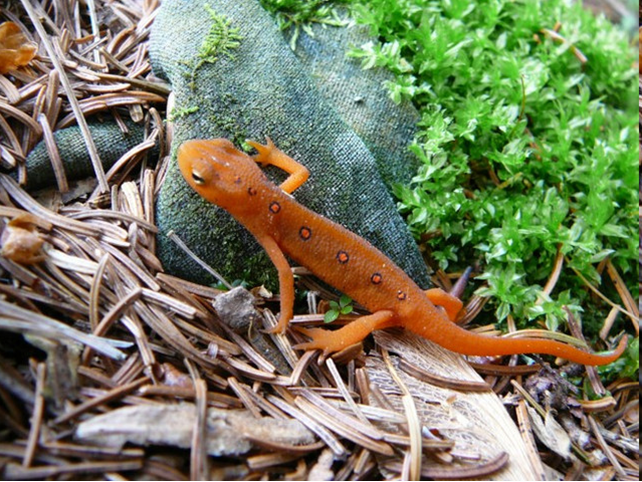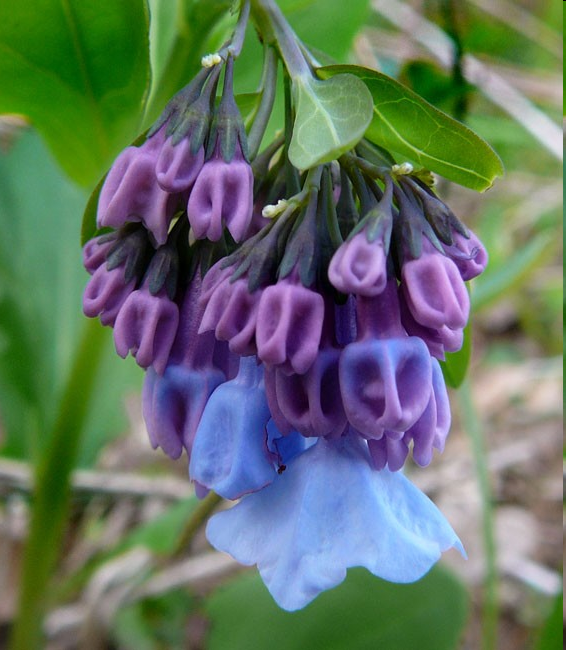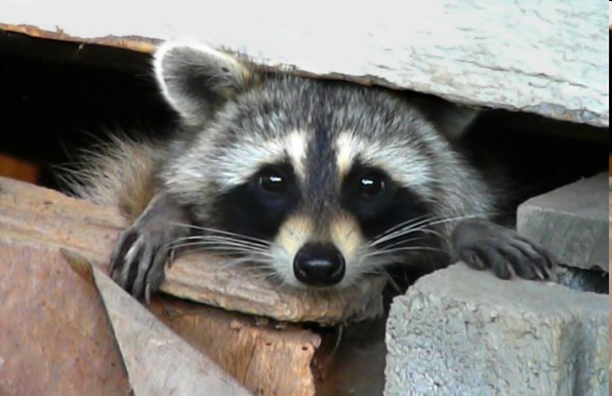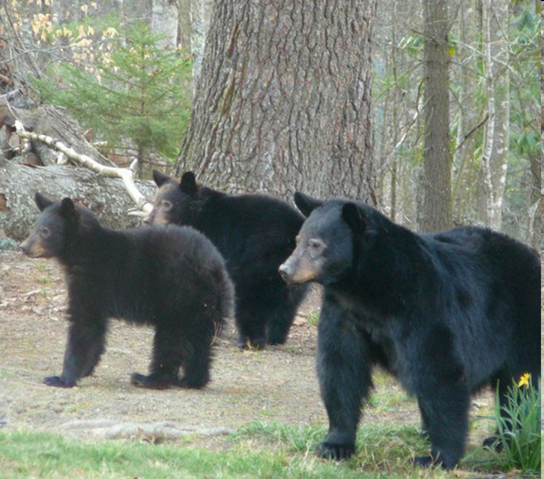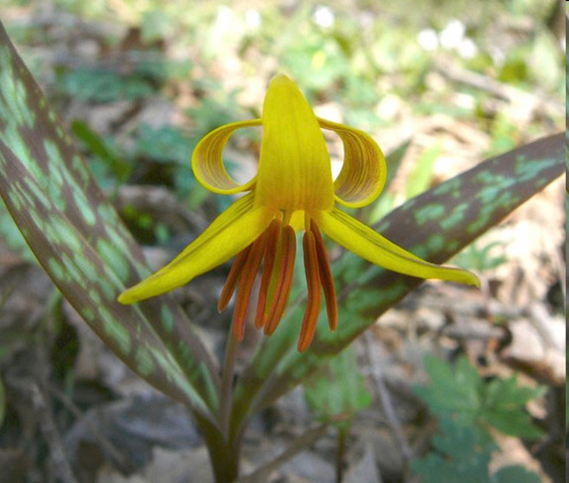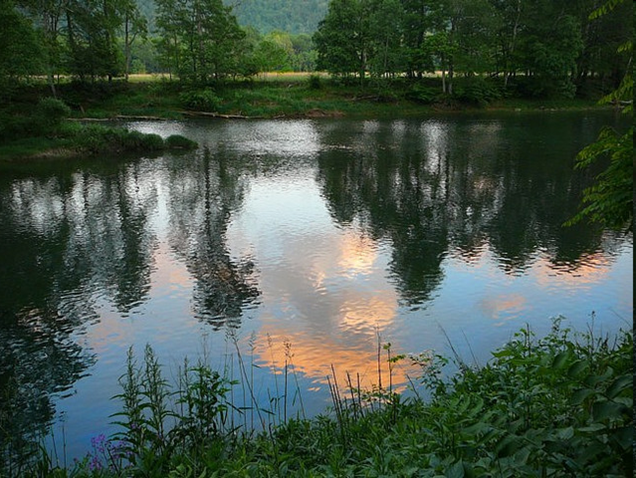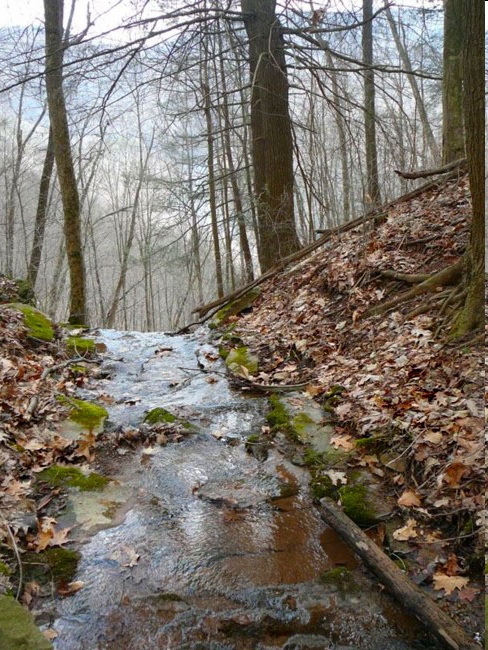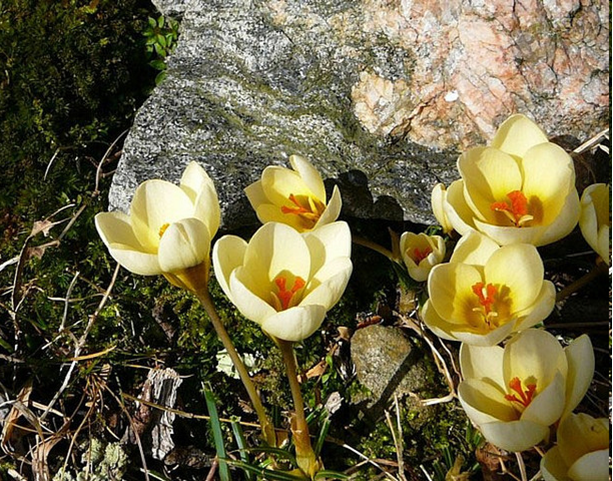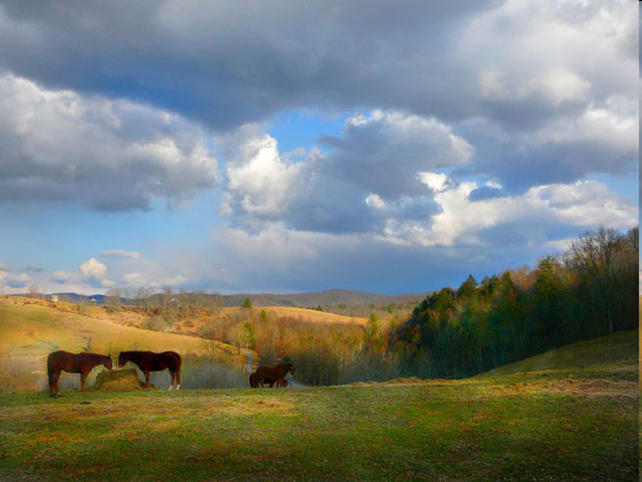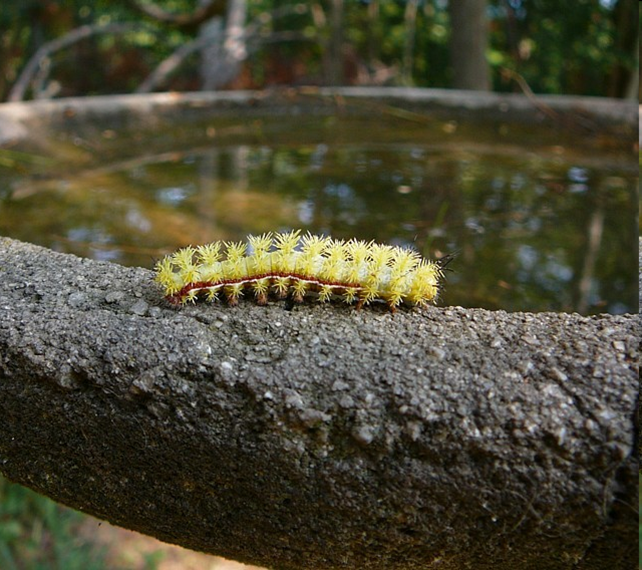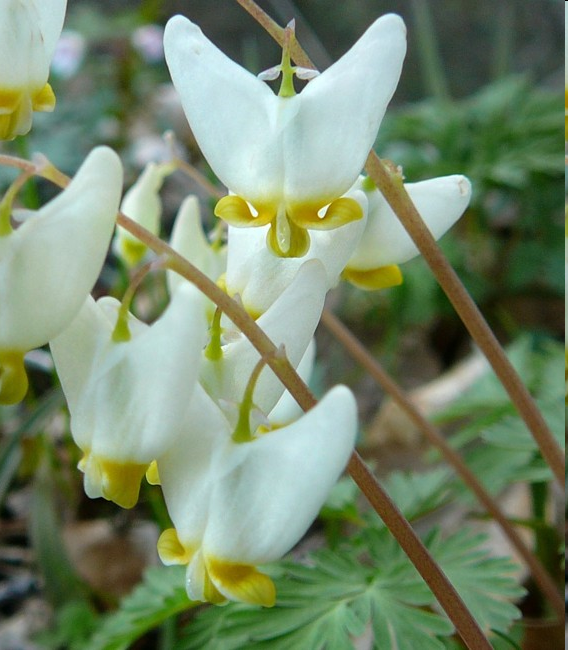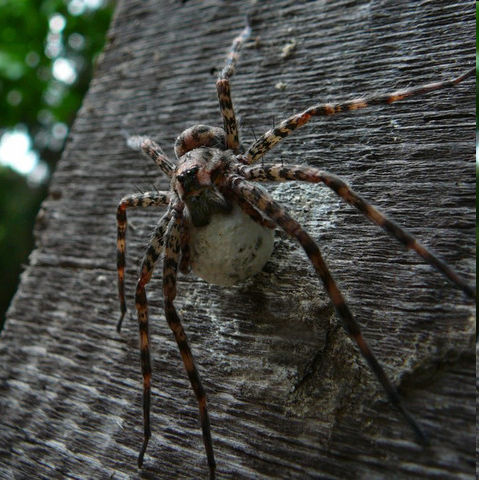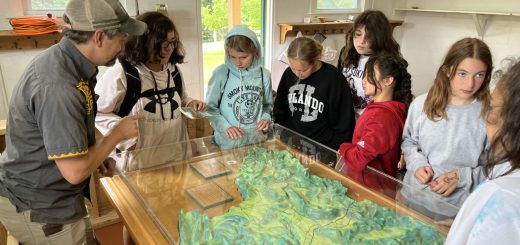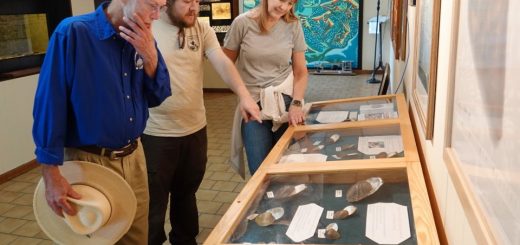Meet the Little Green Clover that Beat the Odds
The U.S. Fish and Wildlife Service is moving to take a rare species of plant found in the Ohio Valley off of the endangered species list. Amid controversial proposals to change the law protecting rare species, the Running Buffalo Clover is an example of a successful recovery. It would join about 2.5 percent of threatened and endangered species (42 species) that have been taken off the list, or delisted, due to recovery. There are still 1,663 U.S. plants and animals on the endangered species list.
Rediscovering Running Buffalo Clover
It’s a plant we all know and love, or we think we do: The clover. But one species of clover was thought to be extinct until someone found it in West Virginia 30 years ago. Biologist Rodney Bartgis recalls his discovery was met with some skepticism by a colleague.
“We were walking along the trail and I said, ‘Hey there’s Running Buffalo Clover!’ And he said, ‘No, it’s extinct.’ And I said, ‘That’s IT!’ And he bet me a steak dinner that it wasn’t,” Bartgis said. “I got that steak dinner.” Running Buffalo Clover (not to be confused with Buffalo Clover) puts runners out, likes some sun, some shade and some disturbance. Credit Glynis Board / West Virginia Public Broadcasting
Bartgis was working for the Nature Conservancy at the time, fresh out of graduate school. He was working on an inventory of rare plants for the organization and spotted the clover while surveying the New River Gorge. After he reported the find, Running Buffalo Clover was moved onto the endangered species list.
On a recent summer day he was hiking through the Fernow Experimental Forest in West Virginia with Melissa Thomas-Van Gundy, a research forester with the U.S. Forest Service. The Fernow is a public forest used to study logging and forest management techniques, and Thomas-Van Gundy explains, it’s one place where the clover lives.
“Part of the ‘running’ part comes from these stolins,” Thomas-Van Gundy said pointing to the roots of the plant. “Plant parts that are like a strawberry runner – that’s how they colonize new places, they asexually reproduce.”
For years Thomas-Van Gundy has been helping to manage populations of Running Buffalo Clover here.
“Of course it’s not blooming right now,” she said, “but that is a really good way of identifying it.”
These clover are not like the ones you find in your yard. They’re much more sensitive. They can’t tolerate full sun, full shade, or severe disturbance. That said, Thomas-Van Gundy explains, they love heavy machinery.
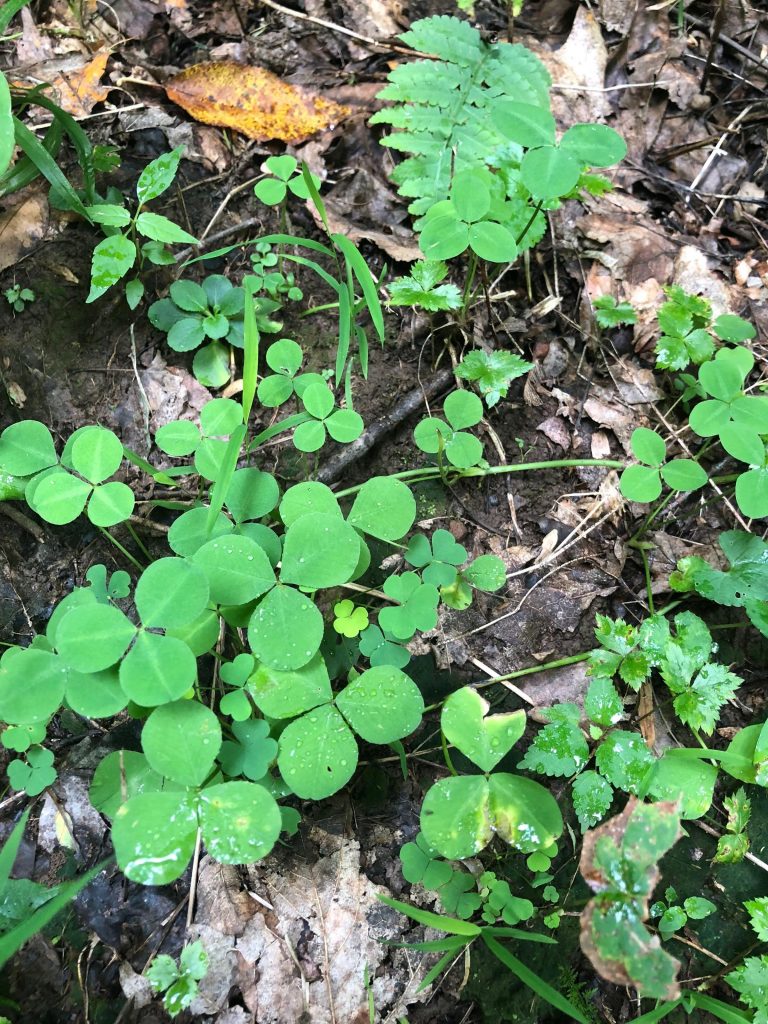
Credit Glynis Board / West Virginia Public Broadcasting
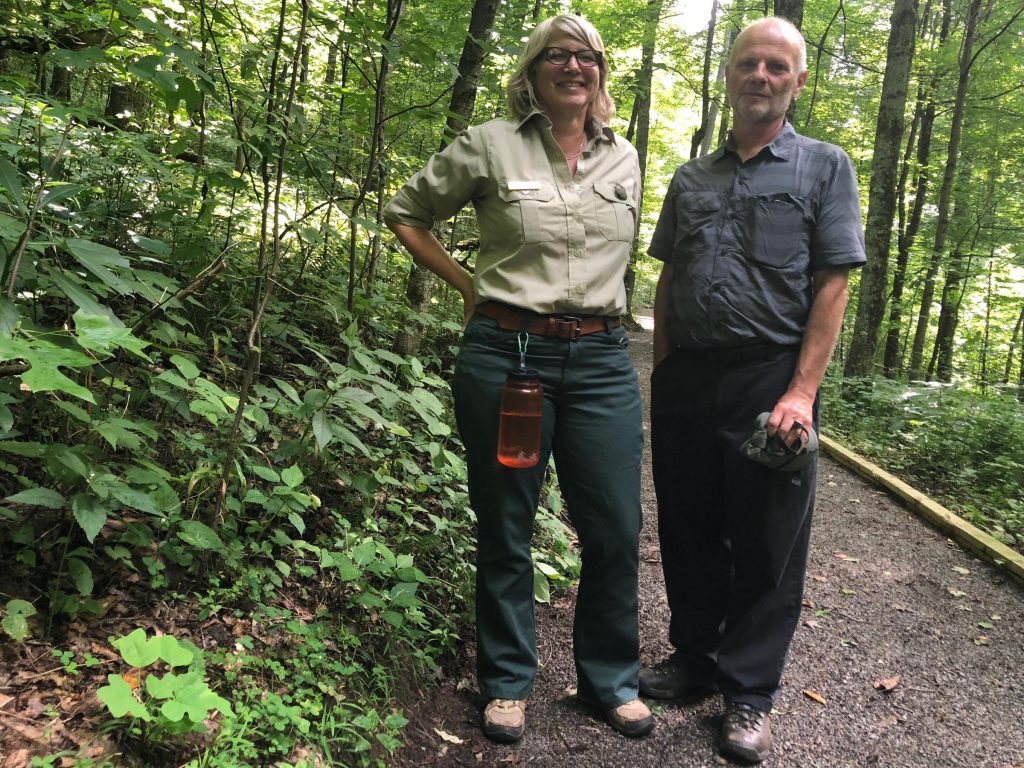
Credit Glynis Board / West Virginia Public Broadcasting

